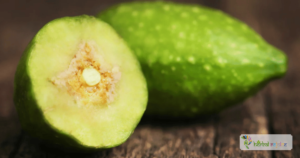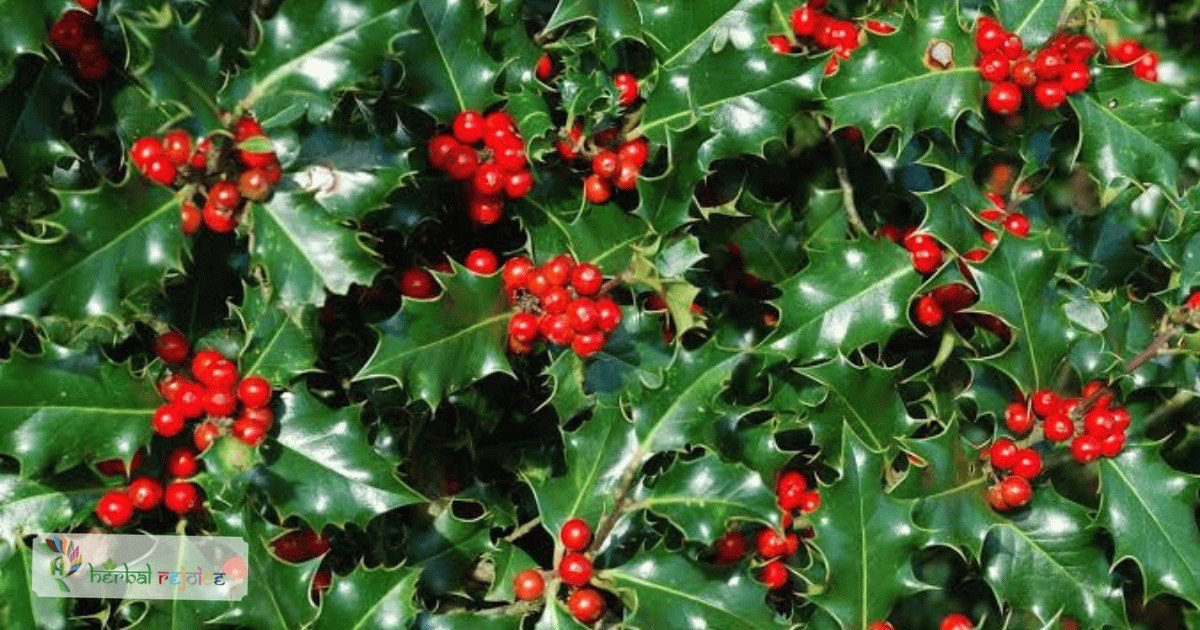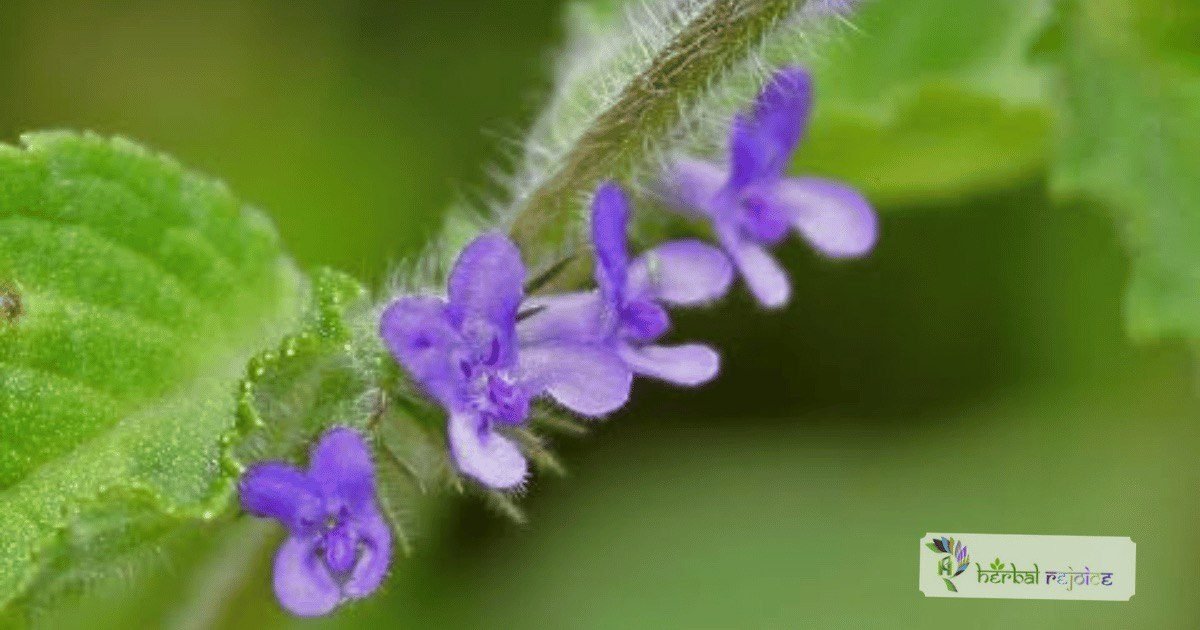Introduction
Haritaki (Terminalia chebula Retz) is a plant from the Combretaceae family that is abundant in Northern India and can also be found in the forests of Assam, West Bengal, Bihar, and Konkan.
In Ayurveda, the powder of mature fruits is used in the treatment of intermittent fevers, chronic fevers, anemia, polyuria, constipation, cough, bronchial asthma and digestive disorders.
The fruits are often combined with Emblica officinalis and T. bellirica to form a mixture called Triphalaa, which is used in the treatment of liver and kidney dysfunctions.
Haritaki – For Metabolic Harmony

Names and Habitat of Haritaki
It is known by several names in different languages, including Chebulic Myrobalan and Black Myrobalan in English, Haritaki, Kaayasthaa, Pathyaa, Shreyasi, and Shivaa in Ayurvedic, Harad, Halelaa siyaah, Halelaa zard, and Halelaa Kaabuli in Unani, and Kadukkai in Siddha/Tamil.
It is found in Northern India and can also be found in the forests of Assam, West Bengal, Bihar, and Konkan.
Traditional Uses Of Haritaki
The plant has various medicinal properties and is commonly used as a gentle purgative and astringent. The unripe fruits are more purgative, while the ripe ones are more astringent.
This is due to the presence of sennoside A and anthraquinone glycoside, which act as laxatives, and tannins, which have astringent properties.
The bark of the plant is diuretic. The main purgative ingredient in Triphalaa is T. chebula, specifically the pericarp of the fruit.
Chemical Constituents Of Haritaki
Several compounds have been isolated from the fruits of T. chebula, including shikimic acid, gallic acid, triacontanoic acid, palmitic acid, beta-sitosterol, daucosterol, chebulic acid, gallic acid, punicalagin, teaflavin A, terchebulin, chebupentol, arjungenin, terminoic acid, and arjunolic acid.
These compounds have various therapeutic properties and contribute to the plant’s antioxidant activity.
Key Components and Their Benefits
Phloroglucinol and pyrogallol, which are antioxidant constituents of the plant, have also been isolated. Additionally, the plant contains ferulic acid, vanillic acid, p-coumaric acid, and caffeic acid, which further contribute to its antioxidant activity.
The ethereal extract of T. chebula has been found to have higher antioxidant activity than BHA and BHT. The acid esters present in the phenolic fraction of the extract are particularly effective.
Dosage Of Haritaki
The recommended dosage of the pericarp of mature fruit is 3-6 grams in powdered form. This dosage can be adjusted based on individual needs and specific health conditions.
Conclusion
In conclusion, Terminalia chebula Retz, commonly known as Chebulic Myrobalan or Black Myrobalan, is a plant with various medicinal properties. It is used as a gentle purgative, astringent, stomachic, antibilious, and alterative.
It is commonly used in the treatment of digestive disorders, liver and kidney dysfunctions, cough and bronchial asthma, and for promoting metabolic harmony. Its antioxidant properties make it a valuable addition to any health regimen.
Frequently Asked Questions(FAQs)
What is the botanical name of Chebulic Myrobalan?
The botanical name of Chebulic Myrobalan is Terminalia chebula Retz.
Where is Terminalia chebula Retz commonly found?
Terminalia chebula Retz is commonly found in Northern India and in the forests of Assam, West Bengal, Bihar, and Konkan.
What are some other names for Terminalia chebula Retz?
Terminalia chebula Retz is also known as Haritaki, Kaayasthaa, Pathyaa, Shreyasi, Shivaa, Harad, Halelaa siyaah, Halelaa zard, Halelaa Kaabuli, and Kadukkai in different languages and medicinal systems.
What are the medicinal properties of Terminalia chebula Retz?
Terminalia chebula Retz has various medicinal properties including being a gentle purgative, astringent, and diuretic.
What are the uses of unripe and ripe fruits of Terminalia chebula Retz?
The unripe fruits of Terminalia chebula Retz are more purgative, while the ripe ones are more astringent.
What compounds are found in Terminalia chebula Retz?
Several compounds have been isolated from Terminalia chebula Retz including shikimic acid, gallic acid, triacontanoic acid, palmitic acid, beta-sitosterol, daucosterol, chebulic acid, gallic acid, punicalagin, teaflavin A, terchebulin, chebupentol, arjungenin, terminoic acid, and arjunolic acid.
What is the recommended dosage of Terminalia chebula Retz?
The recommended dosage of Terminalia chebula Retz is 3-6 grams in powdered form.
What are the medicinal uses of Terminalia chebula Retz in Ayurveda?
In Ayurveda, Terminalia chebula Retz is used in the treatment of intermittent fevers, chronic fevers, anemia, and polyuria. It is often combined with Emblica officinalis and T. bellirica to form a mixture called Triphalaa, which is used in the treatment of liver and kidney dysfunctions.
What are the therapeutic properties of Terminalia chebula Retz?
Terminalia chebula Retz has antioxidant, antimicrobial, anti-inflammatory, and hepatoprotective properties.
What are some of the antioxidant constituents of Terminalia chebula Retz?
Phloroglucinol, pyrogallol, ferulic acid, vanillic acid, p-coumaric acid, and caffeic acid are some of the antioxidant constituents of Terminalia chebula Retz.
What is the antioxidant activity of Terminalia chebula Retz compared to BHA and BHT?
The ethereal extract of Terminalia chebula Retz has been found to have higher antioxidant activity than BHA and BHT.
What are some of the health conditions that can benefit from Terminalia chebula Retz?
Terminalia chebula Retz is commonly used in the treatment of digestive disorders, liver and kidney dysfunctions, cough and bronchial asthma, and for promoting metabolic harmony.
How is Terminalia chebula Retz used in traditional medicine?
Terminalia chebula Retz is used as a stomachic, antibilious, and alterative in traditional medicine.
What are the medicinal properties of the bark of Terminalia chebula Retz?
The bark of Terminalia chebula Retz is diuretic.
How are the fruits of Terminalia chebula Retz used in traditional medicine?
The powder of mature fruits of Terminalia chebula Retz is used in the treatment of fevers and anemia in traditional medicine.
How is Terminalia chebula Retz combined with other herbs in Ayurveda?
Terminalia chebula Retz is often combined with Emblica officinalis and T. bellirica to form a mixture called Triphalaa in Ayurveda





